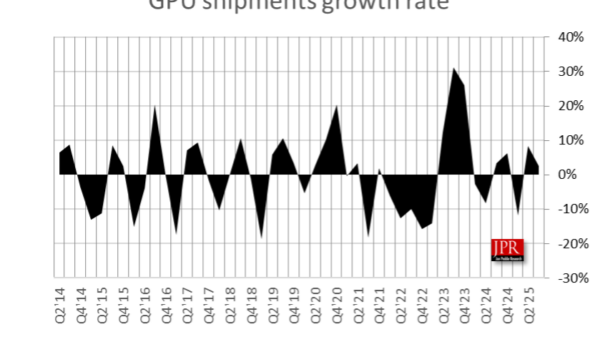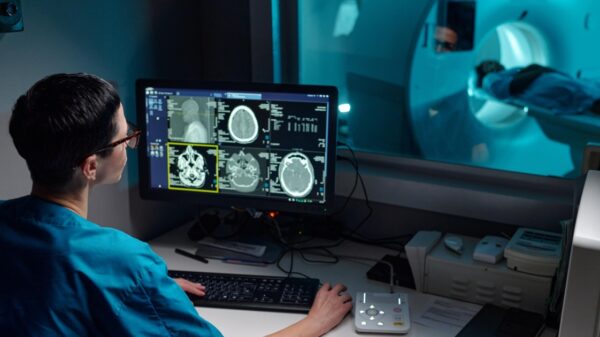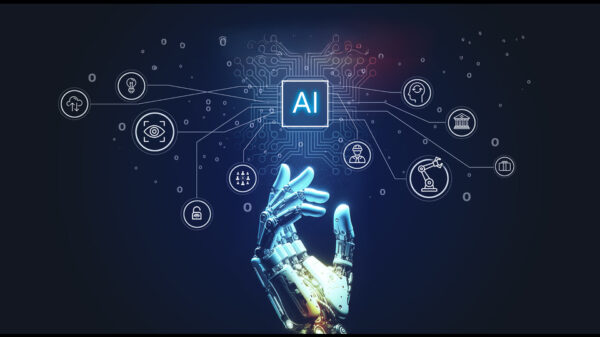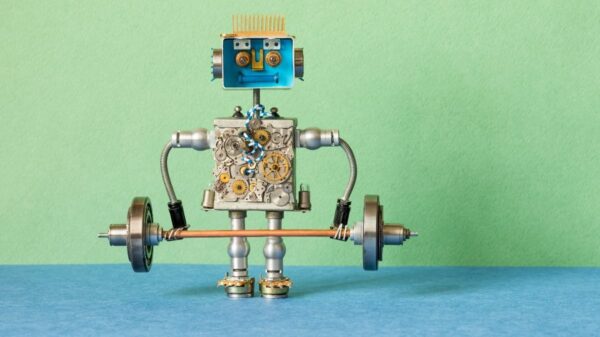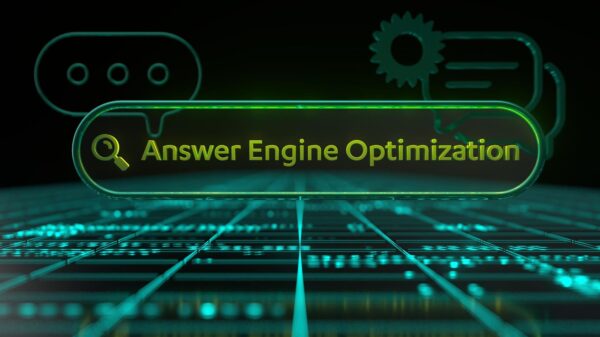Up to 3 million low-skilled jobs in the UK could vanish by 2035 due to automation and artificial intelligence, according to a report from the National Foundation for Educational Research (NFER). The report highlights that occupations at the highest risk include trades, machine operations, and administrative roles.
In contrast, the demand for highly skilled professionals is expected to rise, driven by the increasing workloads associated with AI and technological advancements, at least in the short to medium term. While the UK economy is projected to add 2.3 million jobs by 2035, this growth is anticipated to be unevenly distributed across different sectors.
The NFER findings challenge recent studies suggesting that AI may impact highly skilled, technical occupations more severely than lower-skilled positions. For instance, research from King’s College London, published in October, indicated that “higher-paying firms” experienced job losses of approximately 9.4% between 2021 and 2025, a timeframe that coincided with the widespread release of AI tools such as ChatGPT in late 2022.
Notably, the UK government identifies management consultants, psychologists, and legal professionals as among the occupations “most exposed to AI.” In contrast, roles like sports players, roofers, and bricklayers are deemed less likely to face replacement.
Last week, the law firm Clifford Chance announced it would lay off around 10% of its business services staff at its London office, approximately 50 positions, citing AI as a contributing factor. Similarly, the head of PwC recently revised hiring plans, stating that the firm would not proceed with its previous goal of hiring 100,000 employees between 2021 and 2026, attributing the shift to changing demands fueled by artificial intelligence.
Jude Hillary, one of the report’s authors, pointed out that NFER’s analysis is grounded in long-term economic modeling of the UK labor market. He suggested that predictions surrounding AI-related job losses may be premature, as layoffs linked to AI uptake could be influenced by a sluggish UK economy, rising national insurance costs, and employer risk aversion.
“There’s this general uncertainty about where things are going, how long it takes to improve. There’s lots of talk about AI and automation without any real substance about it. Lots of employers are worried about it,” Hillary said. He emphasized that many employers might be adopting a cautious approach, waiting to see how the landscape evolves.
Hillary anticipates that the broader effects of AI on the UK workforce will be multifaceted, leading to increased demand for certain professional roles while decreasing the need for many entry-level and lower-skilled positions. He expressed concern over the challenges faced by individuals losing lower-skilled jobs, noting that reskilling for a rapidly changing economy may be particularly difficult.
“The additional jobs that we’re getting in the labor market tend to be professional and associate professionals. Displaced workers, the one to three million that we talk about in our report, face significant barriers to get back into the labor market,” he said. The findings underscore the complex interplay between technology, labor market dynamics, and economic conditions, suggesting that while some sectors may thrive due to AI, others could face significant upheaval.
 Zyphra Reveals ZAYA1 AI Model Trained on AMD MI300X, Enhancing Competitive Edge
Zyphra Reveals ZAYA1 AI Model Trained on AMD MI300X, Enhancing Competitive Edge AI Study Reveals Generated Faces Indistinguishable from Real Photos, Erodes Trust in Visual Media
AI Study Reveals Generated Faces Indistinguishable from Real Photos, Erodes Trust in Visual Media Gen AI Revolutionizes Market Research, Transforming $140B Industry Dynamics
Gen AI Revolutionizes Market Research, Transforming $140B Industry Dynamics Researchers Unlock Light-Based AI Operations for Significant Energy Efficiency Gains
Researchers Unlock Light-Based AI Operations for Significant Energy Efficiency Gains Tempus AI Reports $334M Earnings Surge, Unveils Lymphoma Research Partnership
Tempus AI Reports $334M Earnings Surge, Unveils Lymphoma Research Partnership

















